Are you looking for effective shoulder workouts that utilize different equipment or even just your body weight? This article provides comprehensive shoulder workout routines with dumbbells, resistance bands, body weight, barbells, and cables. Whether you’re at home, in the gym, or on the go, you’ll find exercises to build strength and mass in your shoulders. Keep reading to discover the best shoulder workout with tailored resources available to you.
Key Takeaways
-
Dumbbells, resistance bands, bodyweight, barbells, and cables each offer unique advantages for shoulder workouts, targeting different muscle groups for balanced development.
-
Key exercises like dumbbell shoulder presses, band pull-aparts, and cable face pulls are essential for building shoulder strength and stability.
-
Always prioritize warm-ups and post-workout stretching to enhance mobility, prevent injuries, and improve muscle recovery.
Shoulder Workout with Dumbbells

Dumbbells are versatile, offering a greater range of motion compared to other equipment. They work each side of the body independently, addressing muscular imbalances effectively. Dumbbell shoulder workouts target all heads of the shoulder and the rotator cuff muscles, promoting balanced shoulder development.
A well-rounded dumbbell shoulder workout includes exercises like the dumbbell shoulder press, lateral raises, and the best dumbbell shoulder exercises. These movements target different portions of the deltoids, ensuring optimal growth and strength.
Dumbbell Shoulder Press
The standing dumbbell shoulder press is a staple in shoulder workouts, engaging various muscles including the front and side deltoids, triceps, upper chest, and core. This exercise is excellent for building shoulder strength and stability, making it one of the best shoulder exercises you can include in your routine.
Avoid over-arching your lower back when performing the dumbbell shoulder press. Keep your feet shoulder-width apart and push the dumbbells overhead while maintaining a neutral spine. This ensures proper activation of the shoulder muscles.
Dumbbell Lateral Raise
Lateral raises are a fantastic exercise for targeting the lateral deltoids, which play a crucial role in shoulder abduction. When performing a lateral raise, ensure to lead with your elbows, keeping your arms parallel to the ground and raising the dumbbells until they are shoulder height, engaging the deltoid muscles.
It’s important to avoid using momentum from your hips to lift the weights; focus on controlled movements and keep the tension on your shoulder muscles. This exercise is highly effective for building the lateral deltoids and contributing to well-rounded shoulders.
Dumbbell Front Raise
Dumbbell front raises are excellent for improving shoulder muscle symmetry and strength, specifically targeting the anterior deltoid muscle. The anterior deltoid is responsible for shoulder flexion, which involves raising your arm in front of you.
Use a pair of dumbbells and alternate reps between each arm to perform the dumbbell front raise. This promotes muscle symmetry and engages secondary muscles like the lateral deltoids and traps.
Shoulder Workout with Resistance Bands

Resistance bands are portable, cost-effective, and provide consistent tension, enhancing muscle engagement. They’re ideal for shoulder workouts at home, in the gym, or on the go. resistance bands.
A solid resistance band shoulder workout can include band pull-aparts, overhead band presses, and band lateral raises. These exercises target different parts of the shoulder muscles, building strength and stability.
Band Pull-Aparts
Band pull-aparts are a simple yet highly effective exercise for targeting the rear delts and upper back, which are crucial for maintaining good posture and shoulder health. To perform this shoulder exercise, keep your arms straight and pull the resistance band apart until your arms are parallel to the ground.
This movement engages major muscle groups in the shoulders and upper back, promoting better posture and reducing the risk of shoulder injuries. Focus on controlled movements to maximize benefits for each muscle group.
Overhead Band Press
The overhead band press is a great alternative to the traditional dumbbell shoulder press, helping to improve shoulder stability and engage key muscles in the deltoid region during overhead movements. To perform this exercise, anchor the resistance band, stand facing forward, and press the band overhead.
This exercise builds shoulder strength and stability, making it an excellent addition to any shoulder workout routine. Aim for two sets of 15 reps for optimal results.
Band Lateral Raises
Lateral raises with resistance bands develop the lateral deltoids, contributing to broader shoulders. This exercise provides consistent tension, enhancing muscle engagement and promoting shoulder width and definition. Consider using the Lateral Raise Attachment for superior control and muscle isolation.
To perform band lateral raises, stand on the resistance band with your feet shoulder-width apart and raise your arms until they are parallel to the ground. Focus on controlled movements to maximize the effectiveness of this shoulder exercise.
Shoulder Workout with Bodyweight Exercises

Bodyweight exercises are a great option for shoulder workouts, especially if you don’t have access to equipment. These exercises are highly effective for building shoulder strength and endurance and can be performed anywhere.
A bodyweight shoulder workout can include exercises like pike push-ups, handstand push-ups, and plank to downward dog. These moves engage various shoulder muscles and contribute to overall upper body strength and stability.
Pike Push-Ups
Pike push-ups primarily target the shoulders, triceps, upper chest, and core. This exercise engages the shoulders more than standard push-ups by positioning the body in a downward dog formation. muscles they emphasize.
No equipment is required to perform pike push-ups, making them highly accessible. Focus on keeping your movements controlled and your core engaged to maximize the benefits of this shoulder exercise.
Handstand Push-Ups
Handstand push-ups are a challenging exercise that targets the entire shoulder girdle, making them one of the most effective shoulder exercises for building strength and stability. This exercise requires significant upper body strength and balance, making it ideal for advanced workouts.
Start in a handstand position against a wall and lower your body until your head touches the ground for handstand push-ups from the starting position. Push back up, maintaining proper form to avoid injury and maximize effectiveness.
Plank to Downward Dog
The plank to downward dog transition is a fantastic exercise for engaging the core and shoulders, improving overall stability and strength. This movement requires the shoulders to stabilize while the core activates, providing a dual focus on strength and control.
The plank to downward dog enhances shoulder stability by requiring shoulder joint muscles to work together. This exercise also increases upper body flexibility, making it a valuable addition to any shoulder workout routine.
Shoulder Workout with Barbells

Incorporating barbell exercises into your shoulder workout significantly enhances shoulder strength and stability. Barbells allow for heavy lifting, crucial for building overall shoulder power and muscle mass.
A comprehensive barbell shoulder workout can include the barbell overhead press, barbell upright row, and landmine press. These movements target various parts of the shoulder muscles, ensuring balanced development and strength.
Barbell Overhead Press
The barbell overhead press is considered one of the best exercises for shoulder overload, targeting the front and side heads of the shoulders, triceps, upper chest, and core. To perform this exercise, you’ll need a barbell stand or rack, a barbell, and weight plates.
Push the bar up with your arms extended overhead, then lower it to shoulder height. Start with your hands slightly more than shoulder width apart. This exercise engages the core, stabilizing the body during the lift.
Barbell Upright Row
The barbell upright row is excellent for enhancing strength in the lateral deltoids and trapezius. This exercise targets the front and middle heads of the deltoids, trapezius, and rhomboids, providing benefits like stimulating hypertrophy and improving pulling mechanics through upright rows.
Start in a tall standing position, holding a barbell with your hands at waist level. Drive your elbows up and back while pulling to engage the correct musculature. Avoid excess torso movement and dropping the barbell too quickly to maintain form.
Landmine Press
The landmine press is a unique exercise that offers a different angle for shoulder work, minimizing stress on the joints compared to traditional pressing movements. This exercise targets the anterior and lateral delts, with secondary muscles including the posterior delts, traps, pecs, and triceps.
Perform the landmine press in either a standing or half-kneeling position, allowing adjustments in difficulty and stability. This exercise also helps maintain a neutral wrist position, reducing the risk of strain.
Shoulder Workout with Cables

Cable exercises provide constant tension, which is crucial for effective muscle development and helps target different angles of the shoulder muscles. Incorporating cables into your shoulder workout builds strength and definition, especially in areas hard to isolate with free weights.
A well-rounded cable shoulder workout can include:
-
Cable face pulls, which target the rear deltoids
-
Cable lateral raises, which focus on the lateral deltoids
-
Cable front raises, which work the anterior deltoids
These exercises ensure comprehensive shoulder training development.
Cable Face Pulls
Cable face pulls are a fantastic exercise for targeting the rear deltoids, trapezius, and rhomboids. This exercise not only improves shoulder stability but also encourages better posture by strengthening the upper back muscles.
To perform cable face pulls, use a cable station and a rope attachment. Use a supinated grip and keep your knuckles facing backward for proper external rotation. Aim for three sets of 15 reps for optimal results.
Cable Lateral Raises
Cable lateral raises effectively isolate the lateral deltoids, which helps in promoting shoulder width and roundness. This exercise provides consistent tension throughout the movement, enhancing muscle engagement and definition.
Stand with your side to the cable machine, grab the handle with the arm furthest from the machine, and raise your arm until it is parallel to the ground for cable lateral raises. Focus on controlled movements to maximize the benefits.
Cable Front Raises
Cable front raises primarily engage the anterior deltoids, or front delt, which are crucial for shoulder strength and aesthetics. This exercise allows for a unique angle of muscle activation that contributes to overall shoulder development, particularly benefiting the front delts.
To perform cable front raises, stand facing away from the cable machine, grab the handle with one arm, and raise your arm until it is parallel to the ground. This exercise is an effective addition to any shoulder workout routine using cables.
Warm-Up and Stretching for Shoulder Workouts
Warming up and stretching are crucial components of any shoulder workout. Warm-up routines enhance shoulder mobility and help prevent injuries by preparing muscles and joints. Stretching post-workout improves flexibility and reduces muscle soreness.
A comprehensive shoulder warm-up should include dynamic stretches covering all planes of movement. Post-workout stretching should focus on holding positions targeting specific muscle groups.
Dynamic Shoulder Warm-Up
Warming up the shoulders avoids shoulder injury and ensures proper muscle function. A shoulder warm-up should last 10 to 15 minutes for optimal effectiveness. Recommended exercises include the overhead band press and dynamic stretches covering all planes of movement.
A light, long resistance band helps warm up shoulder muscles and improve blood flow, preparing them for activity.
Static Stretches Post-Workout
Post-workout stretches improve flexibility and reduce muscle soreness. Effective techniques involve holding positions targeting specific muscle groups.
Incorporating static stretches into your routine maintains muscle health and improves overall performance in future workouts.
Summary
In summary, a comprehensive shoulder workout should include a variety of exercises using different equipment to target all parts of the shoulder muscles. Dumbbells, resistance bands, bodyweight exercises, barbells, and cables each offer unique benefits that contribute to overall shoulder strength, stability, and aesthetics.
By incorporating these exercises into your shoulder workout routine and ensuring proper warm-up and stretching, you can build stronger, more defined shoulders. Remember to focus on controlled movements and proper form to maximize the effectiveness of each exercise. Keep pushing your limits and enjoy the journey to sculpted shoulders!
Frequently Asked Questions
What are the best shoulder exercises for building mass?
For building mass in your shoulders, stick with dumbbell shoulder presses, barbell overhead presses, and handstand push-ups. These exercises really pack on the muscle!
How often should I do shoulder workouts?
You should hit those shoulder workouts about 1-2 times a week, taking some rest days in between to let your muscles recover well.
Can I do shoulder workouts at home without equipment?
Absolutely, you can get a solid shoulder workout at home without equipment by doing bodyweight exercises like pike push-ups and handstand push-ups. Just get creative with your movements!
Why is it important to warm up before shoulder workouts?
Warming up before shoulder workouts is essential to improve mobility and reduce the risk of injuries, helping your muscles perform better during the workout. So don't skip that warm-up!
What should I do if I experience shoulder pain during workouts?
If you feel shoulder pain while working out, just stop what you're doing and chat with a healthcare pro. Also, make sure you're warming up and using good form to help avoid it in the future.


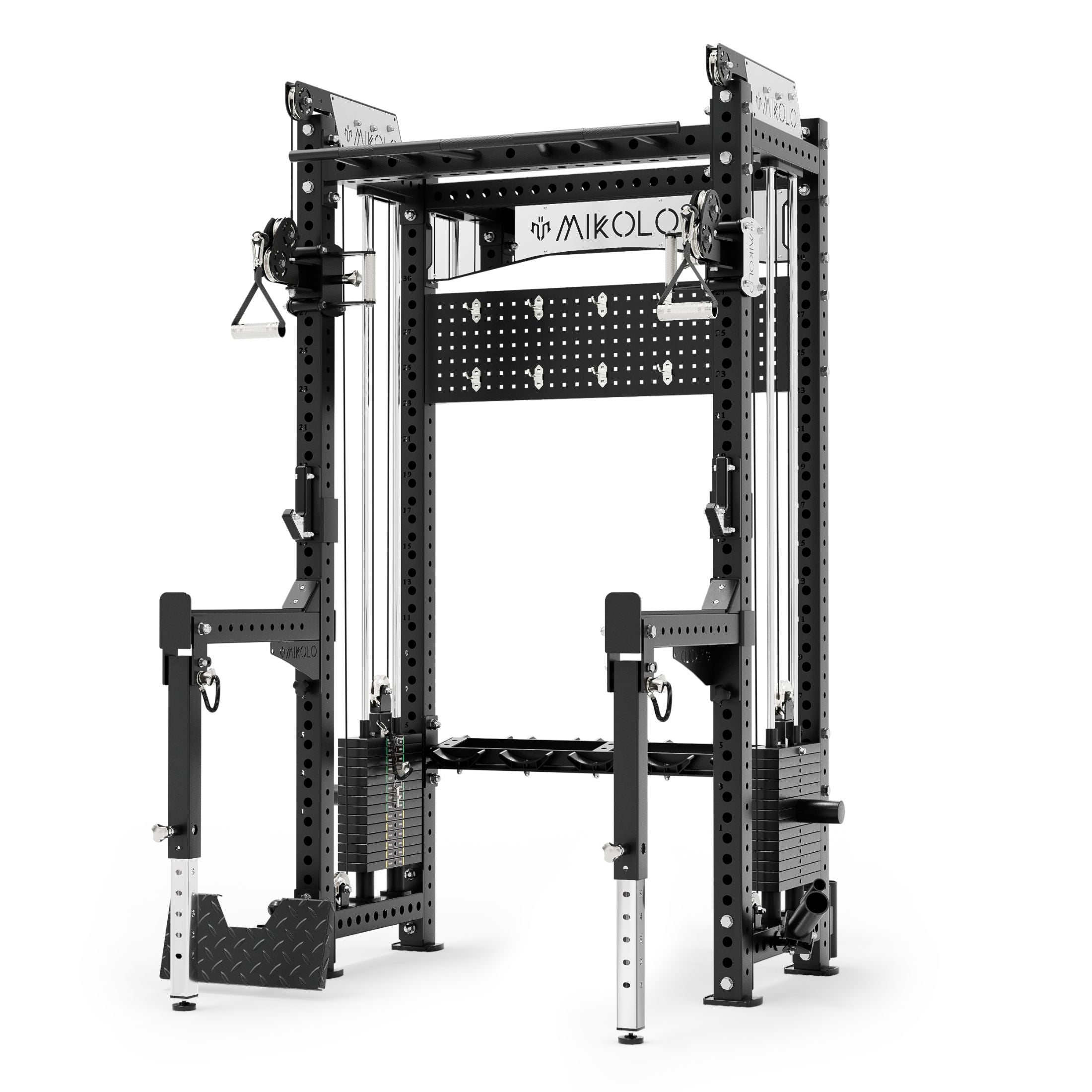




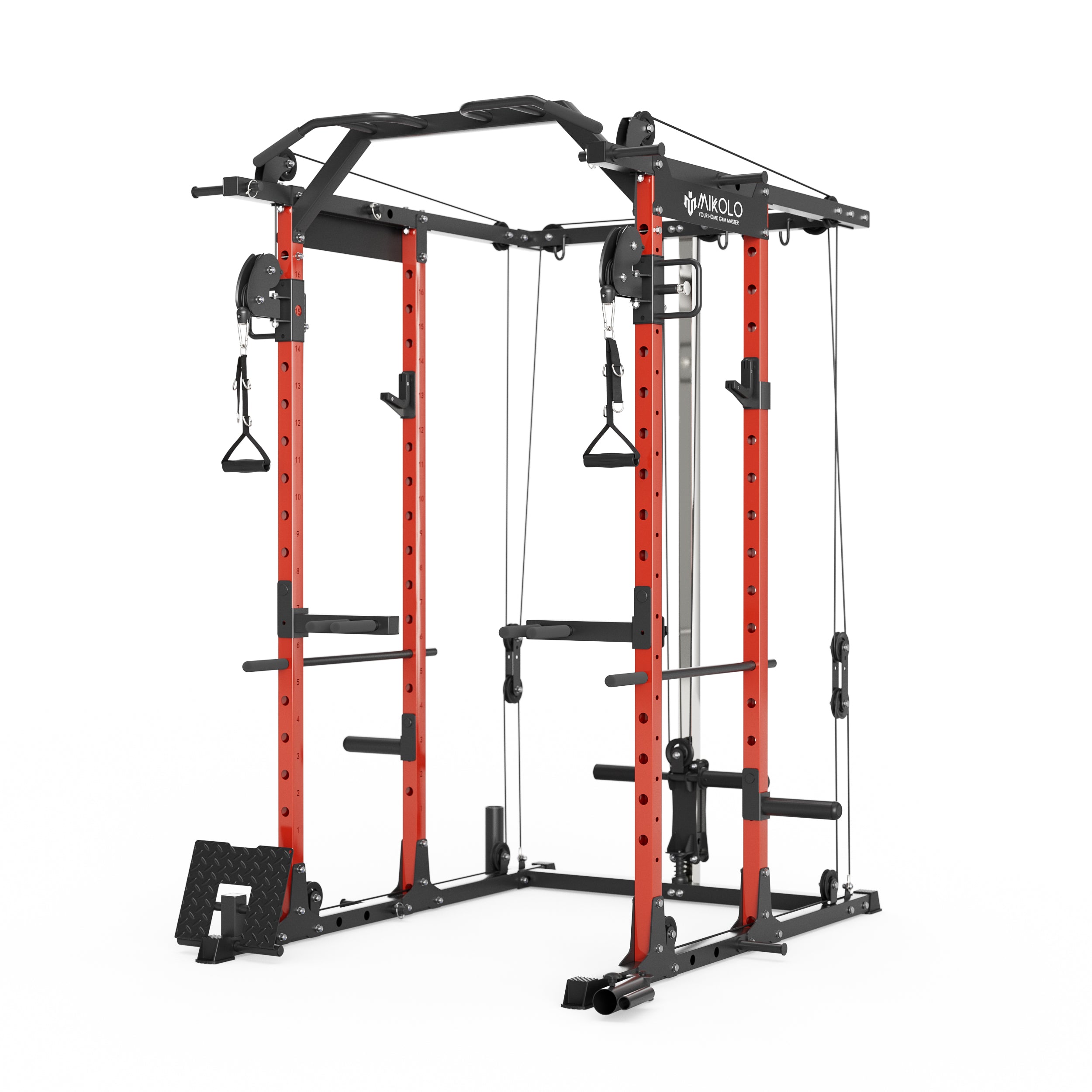
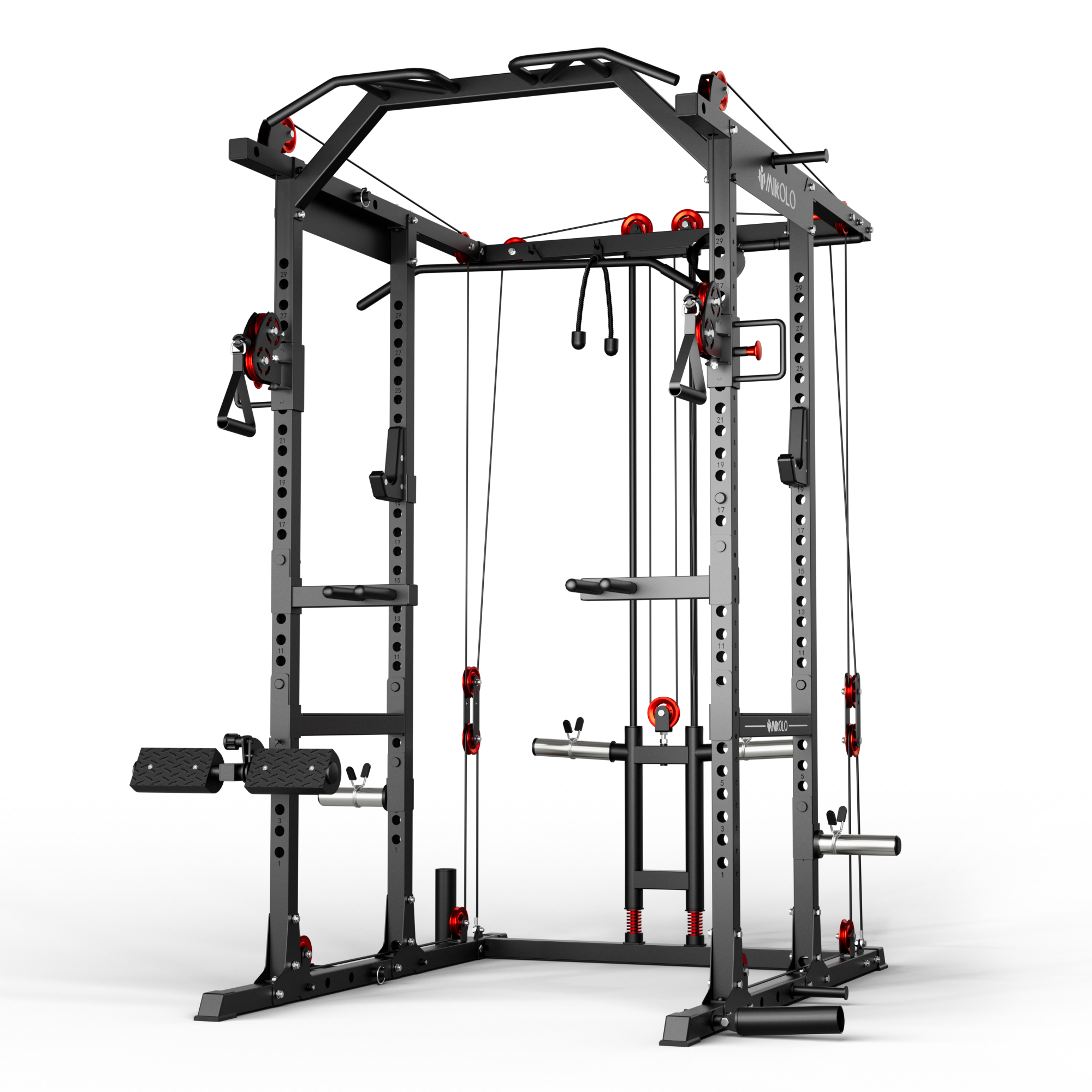

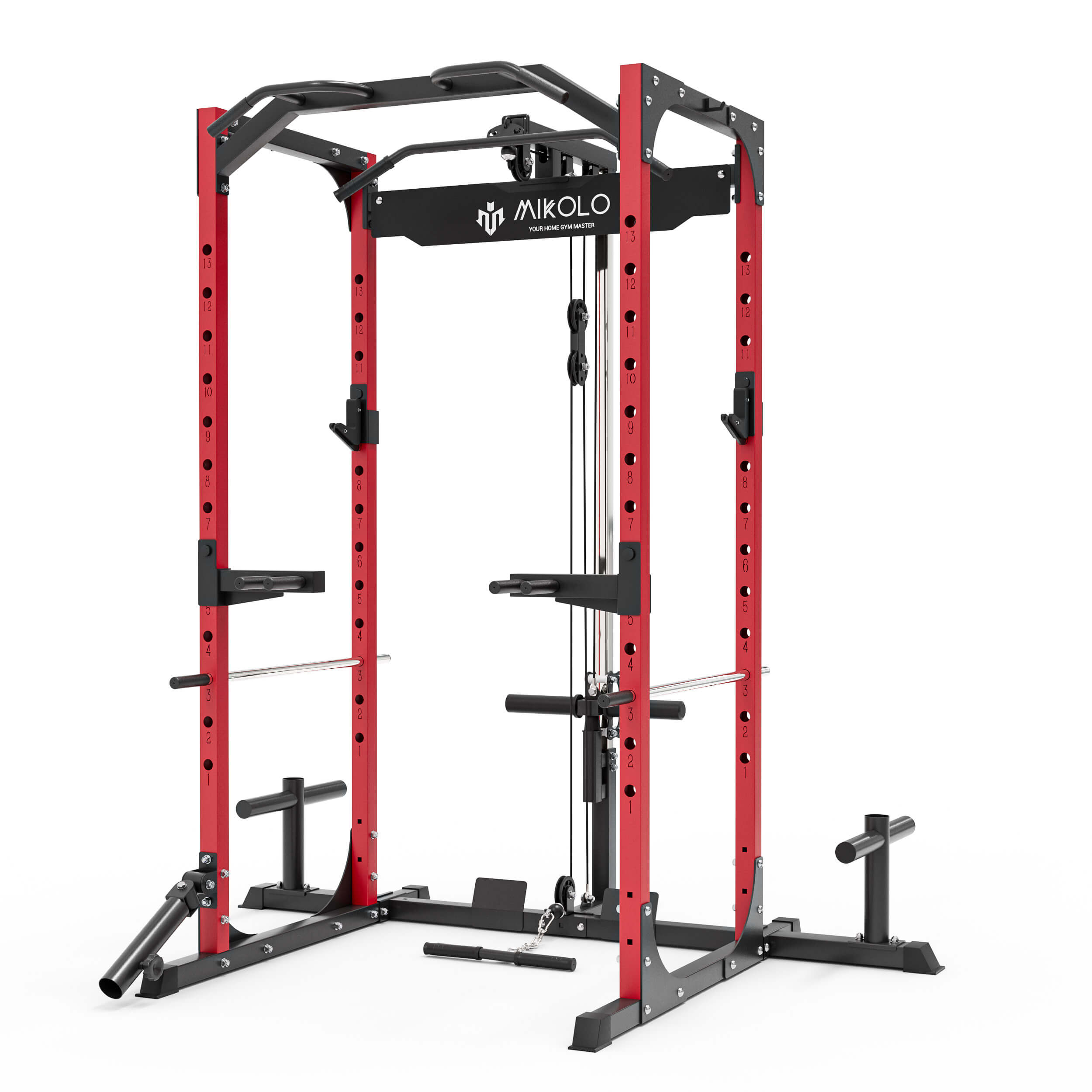



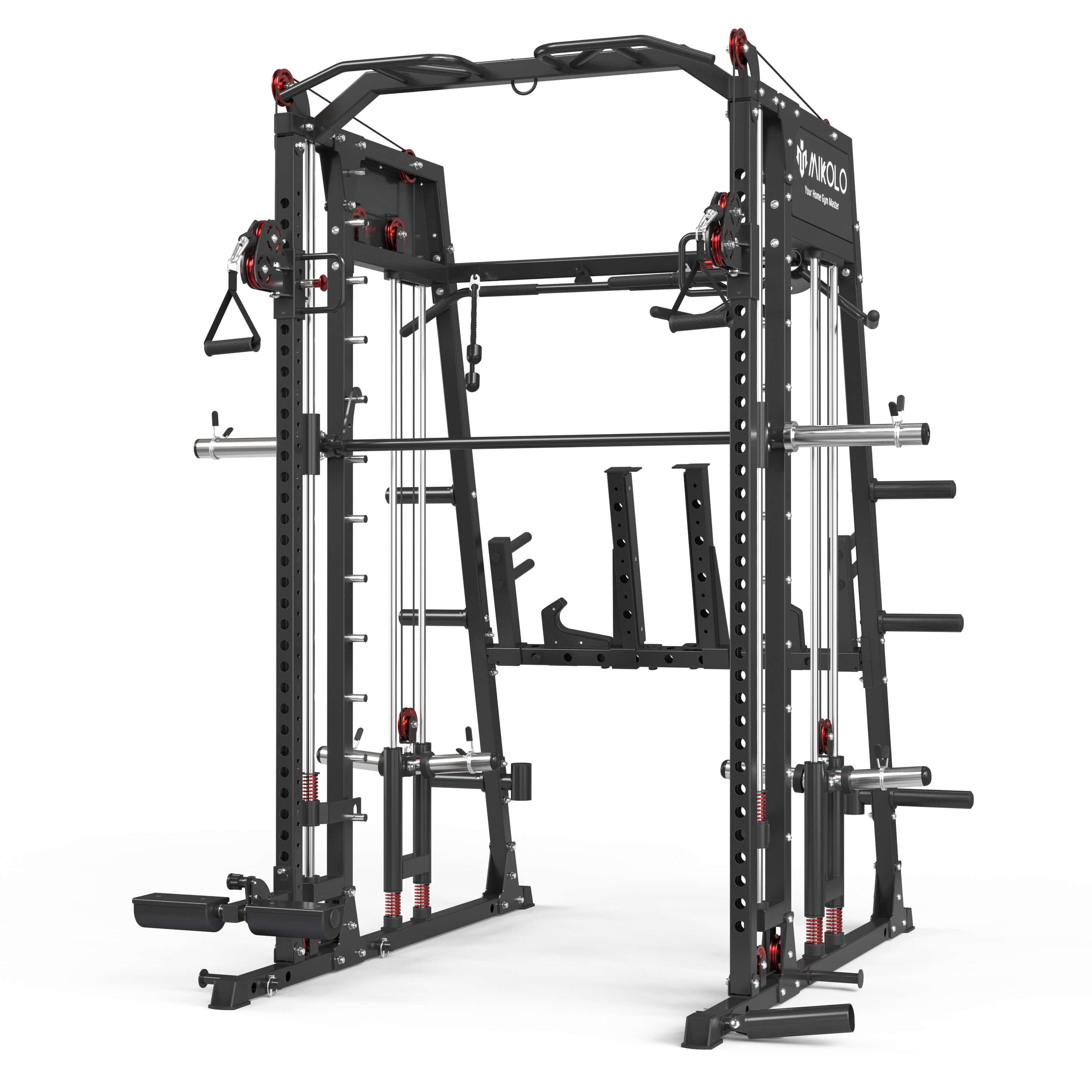


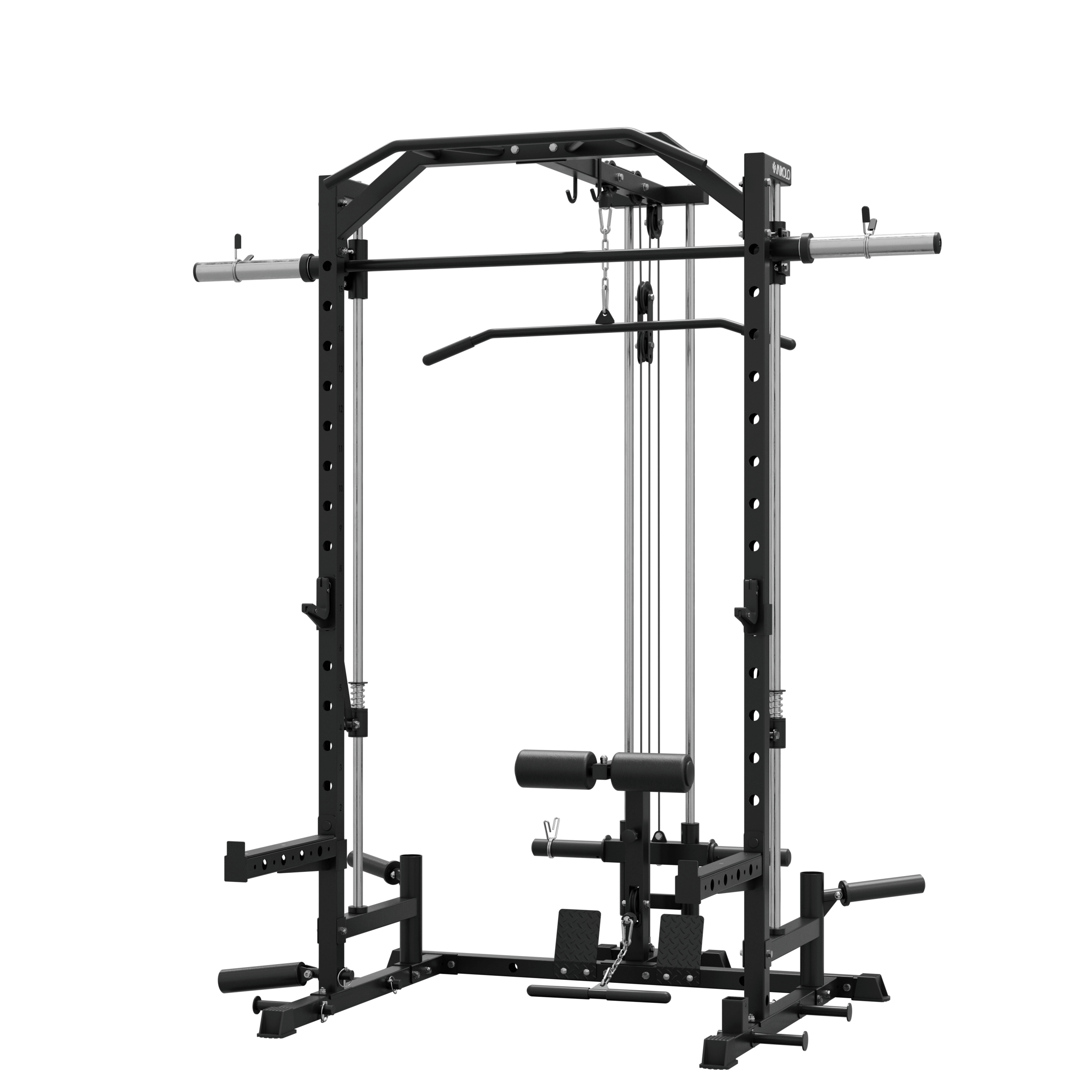
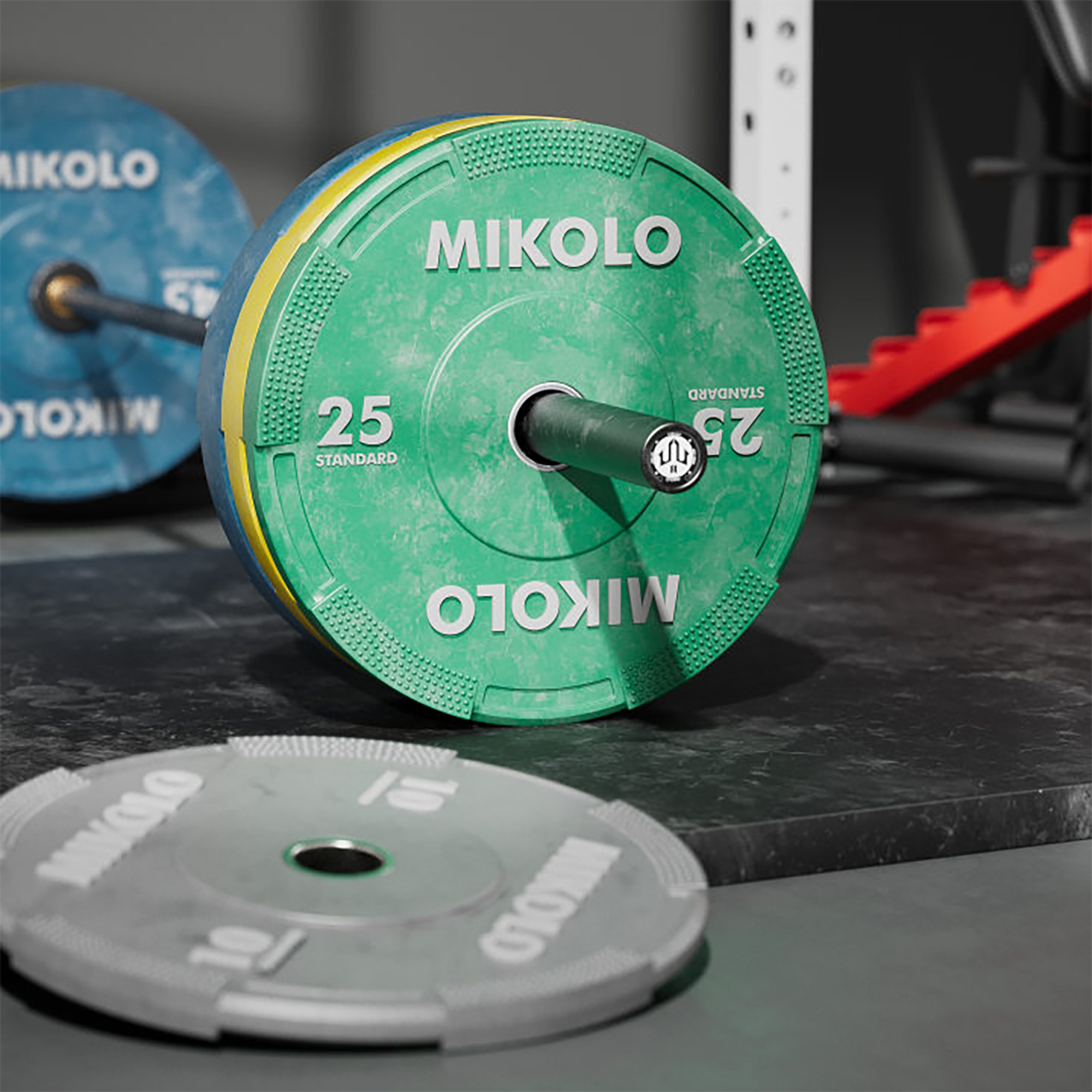






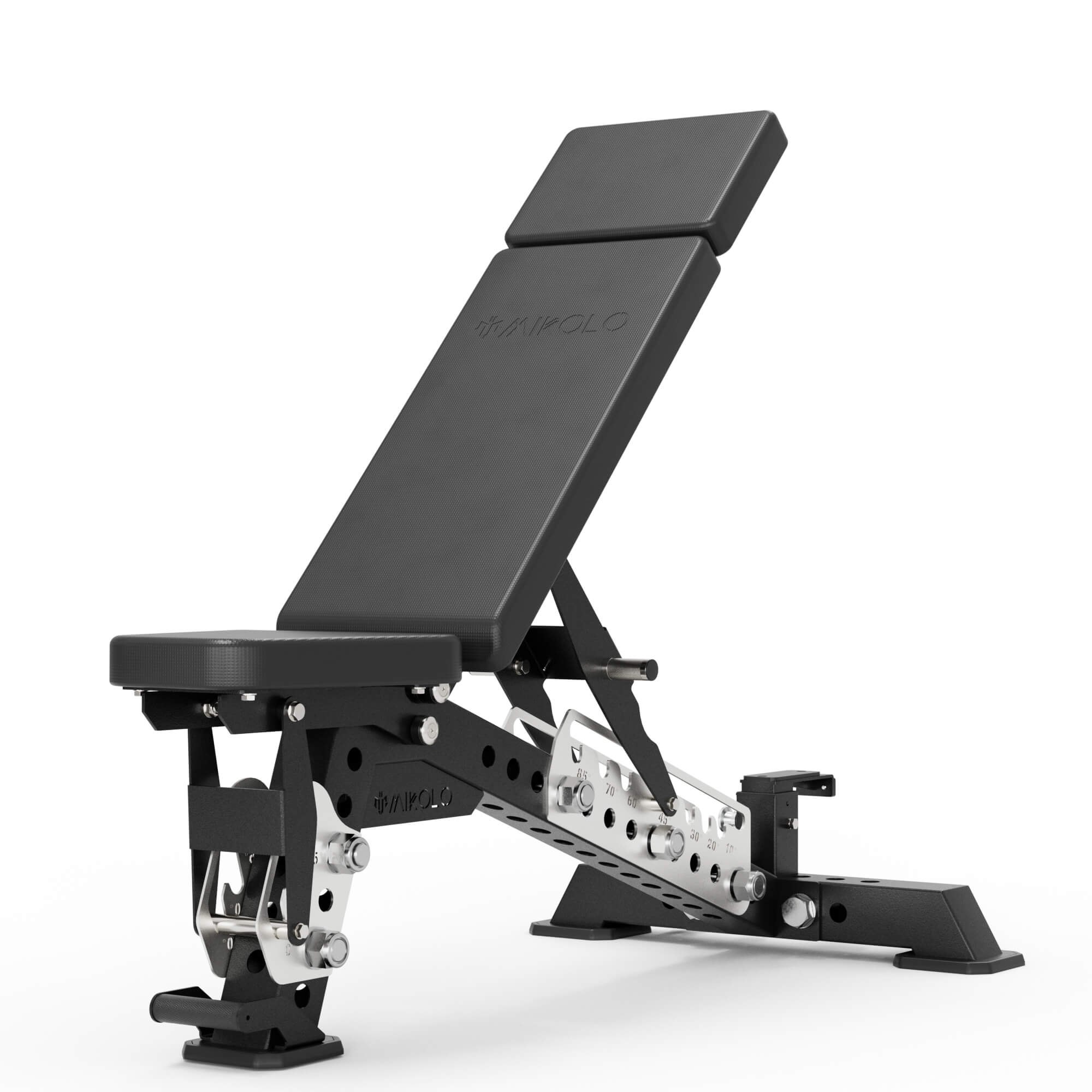
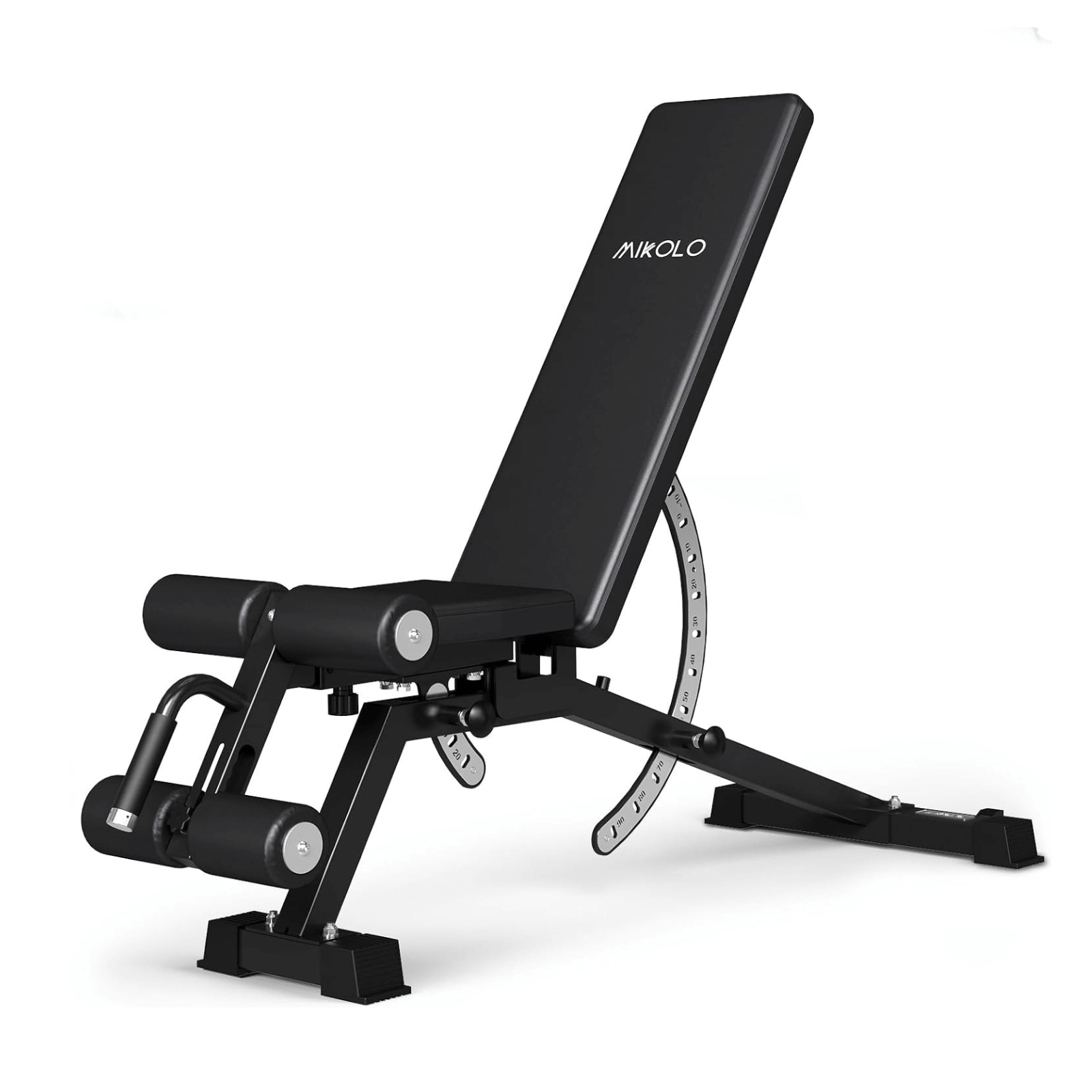




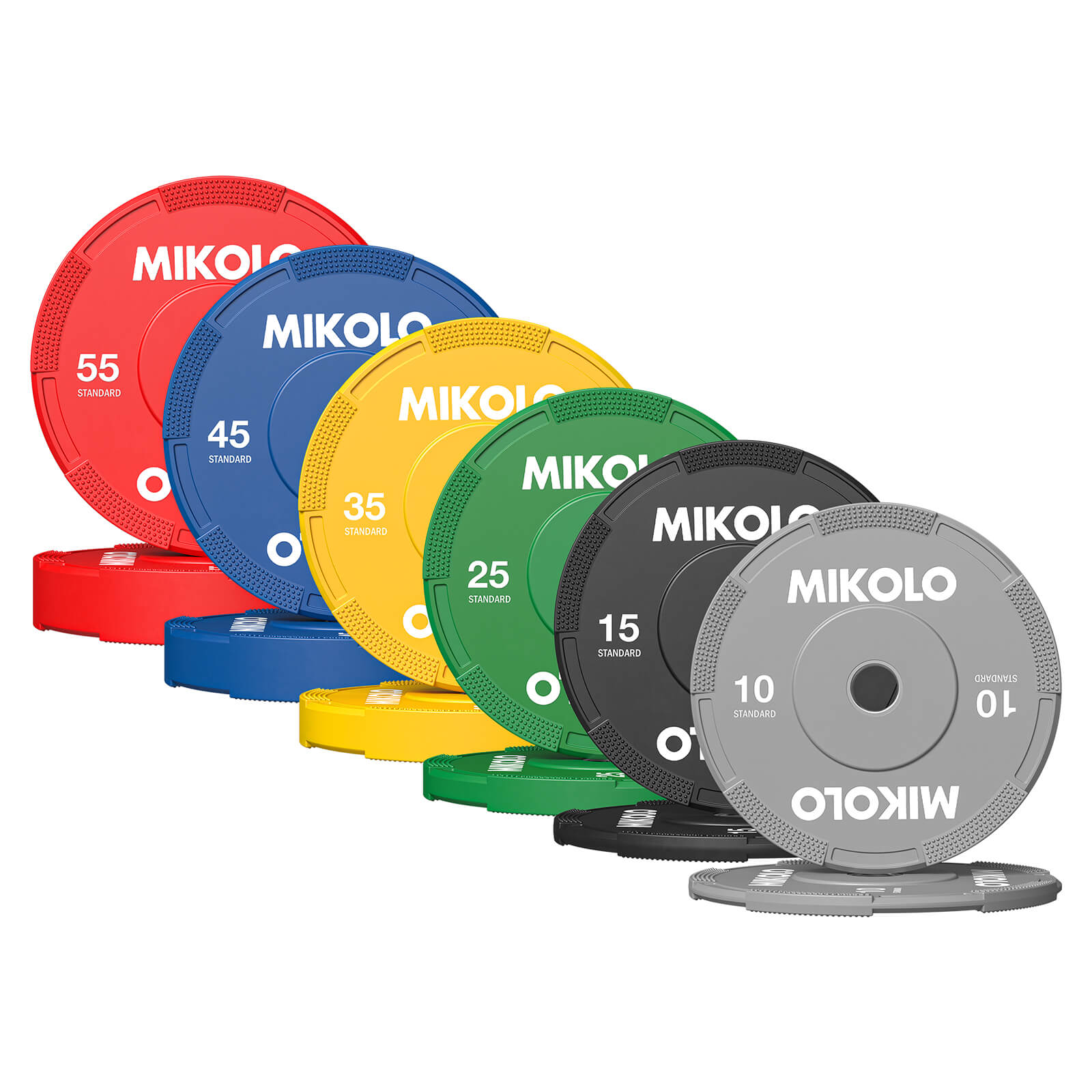
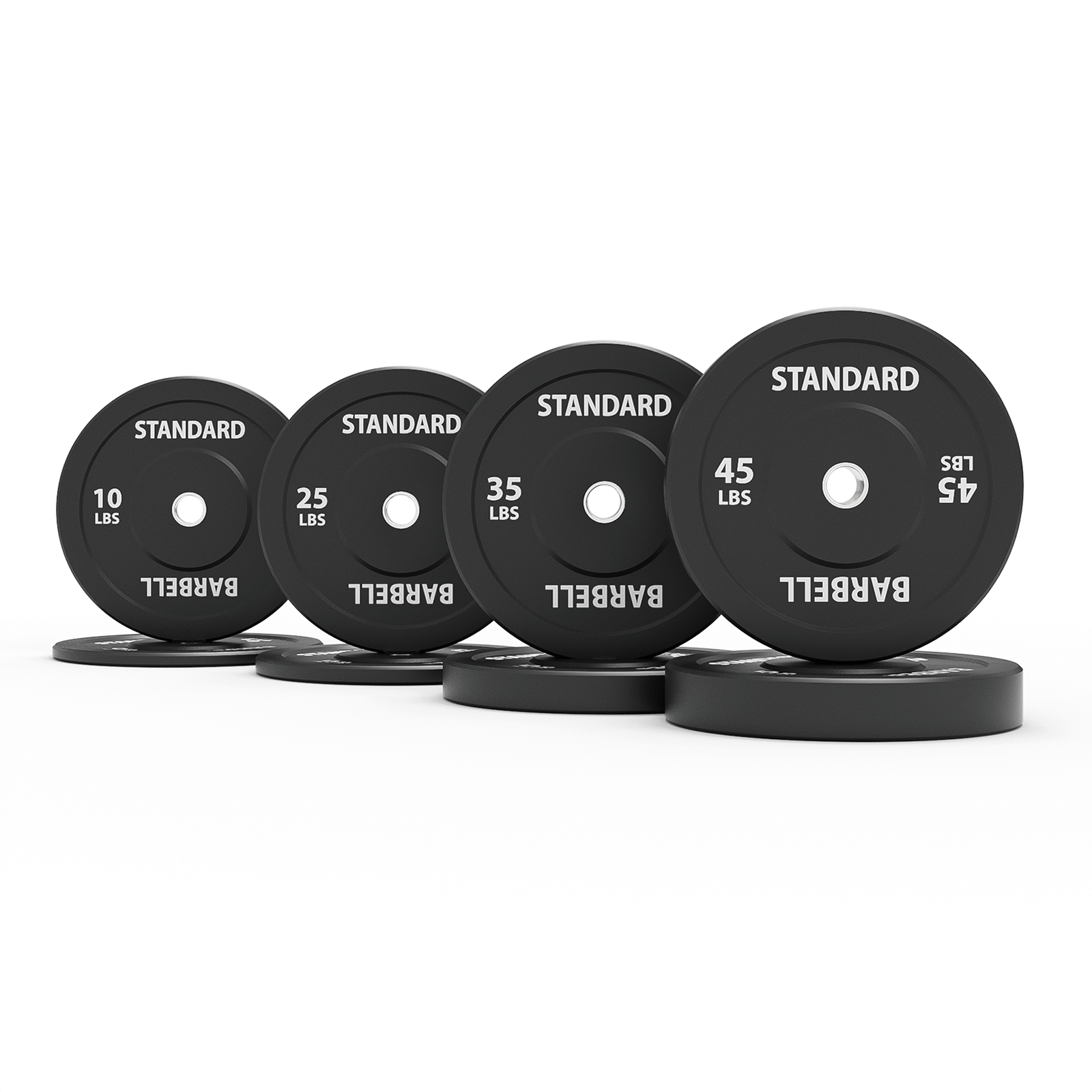
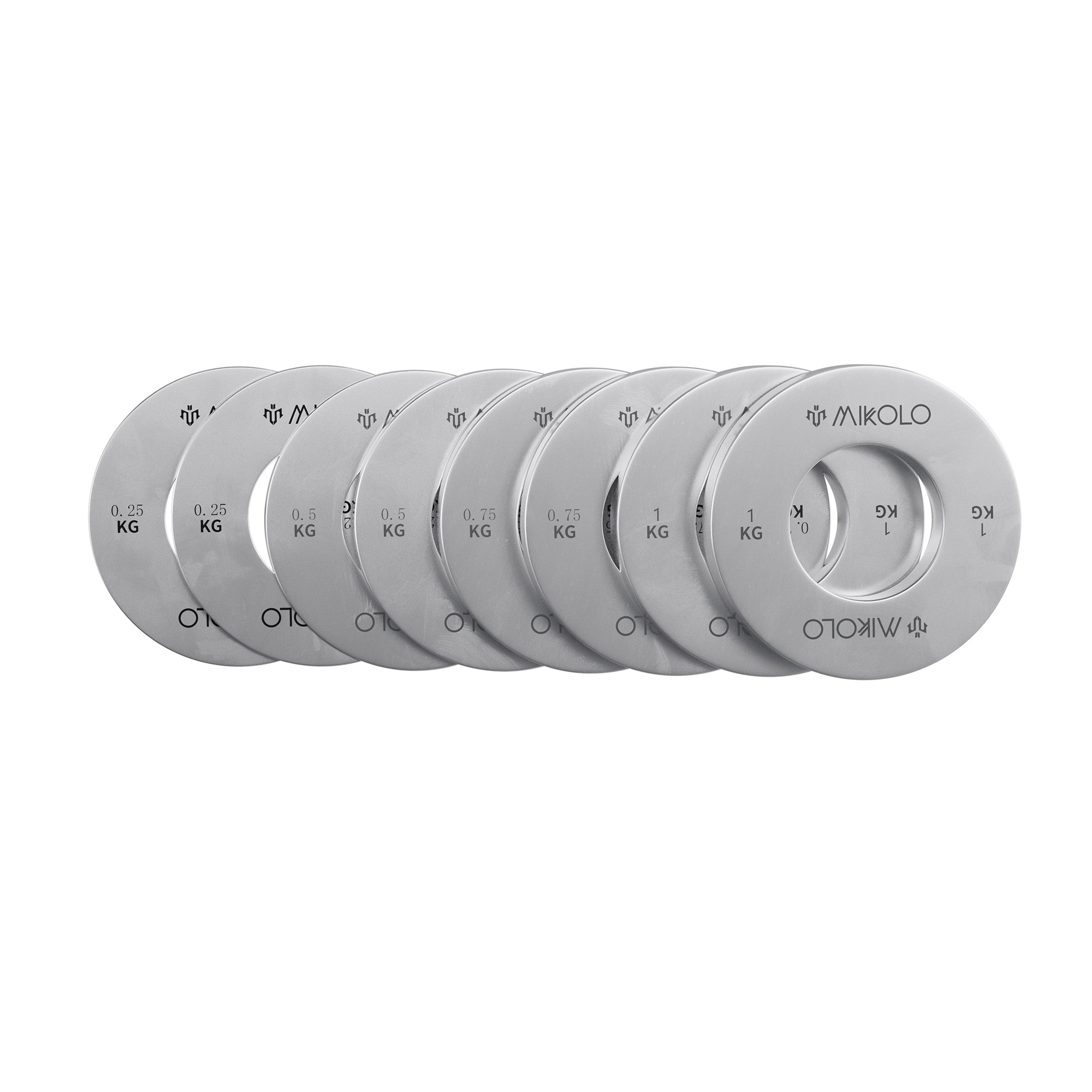
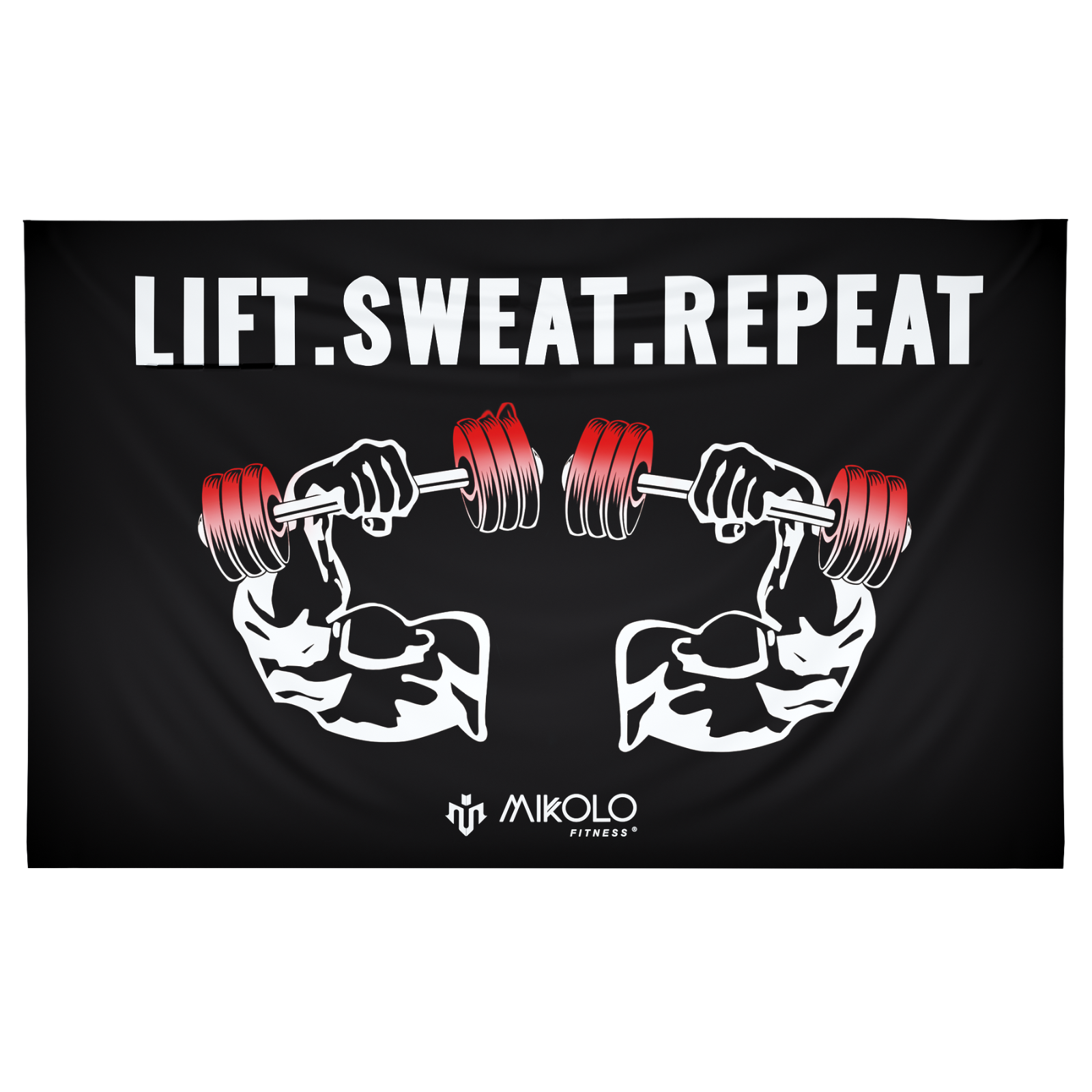
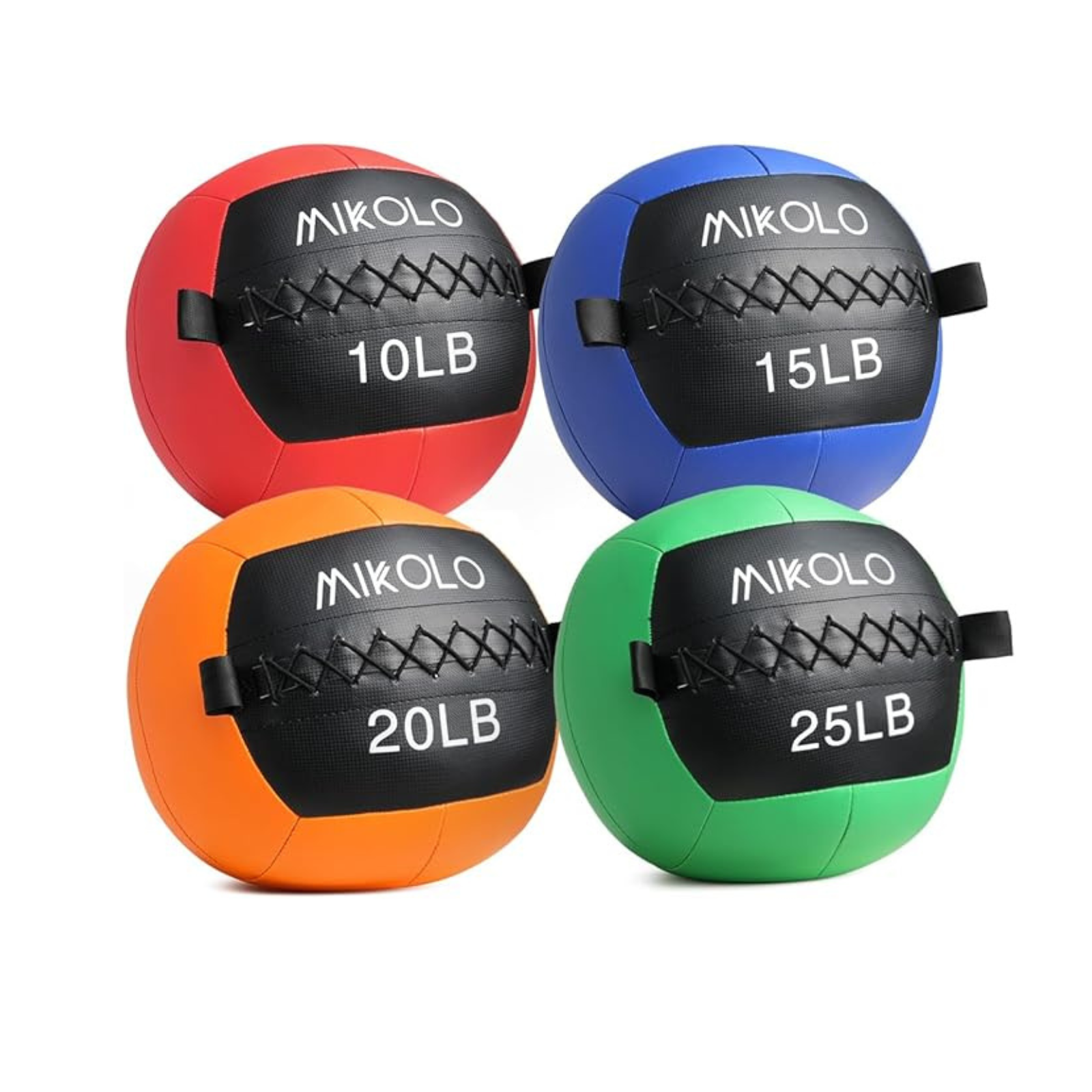
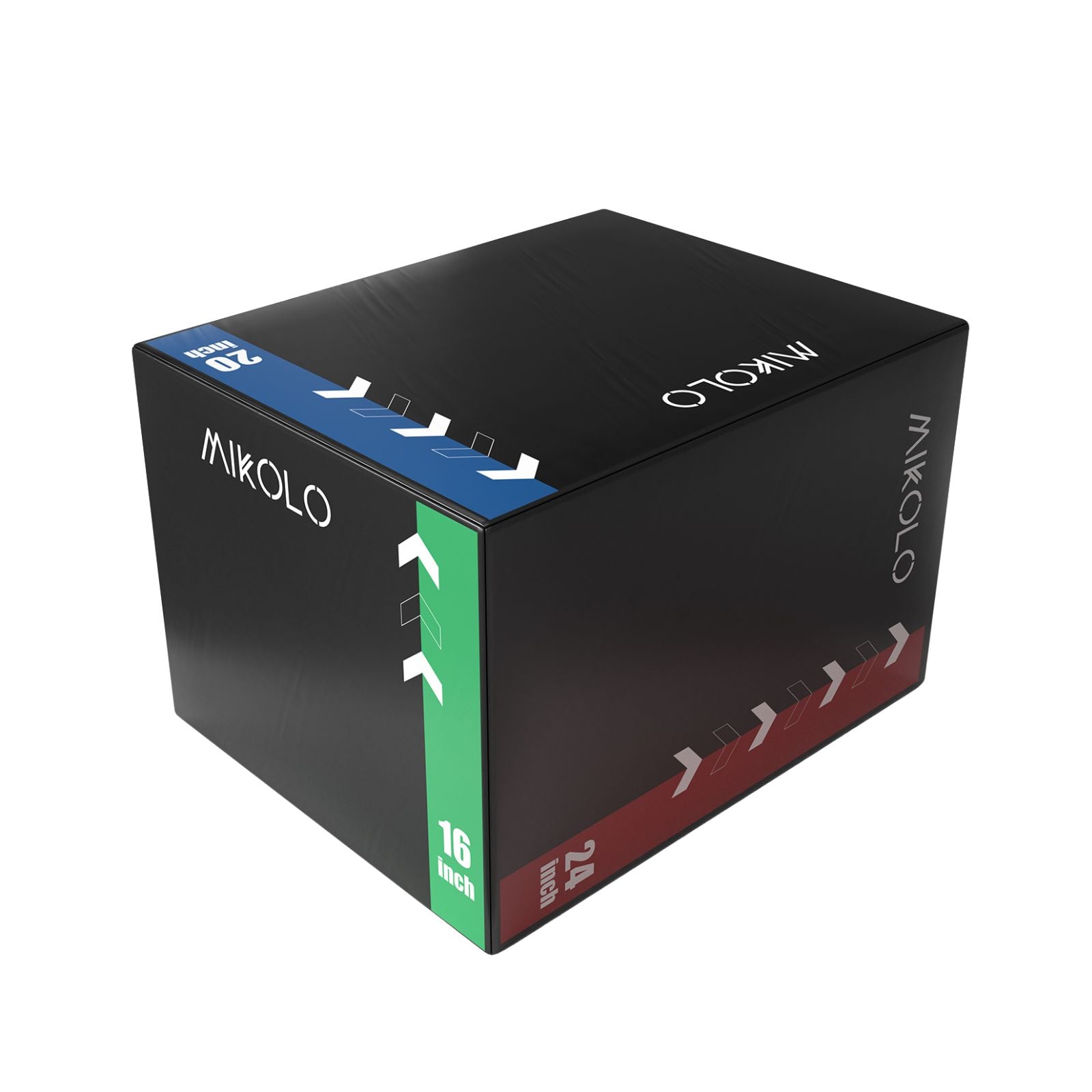

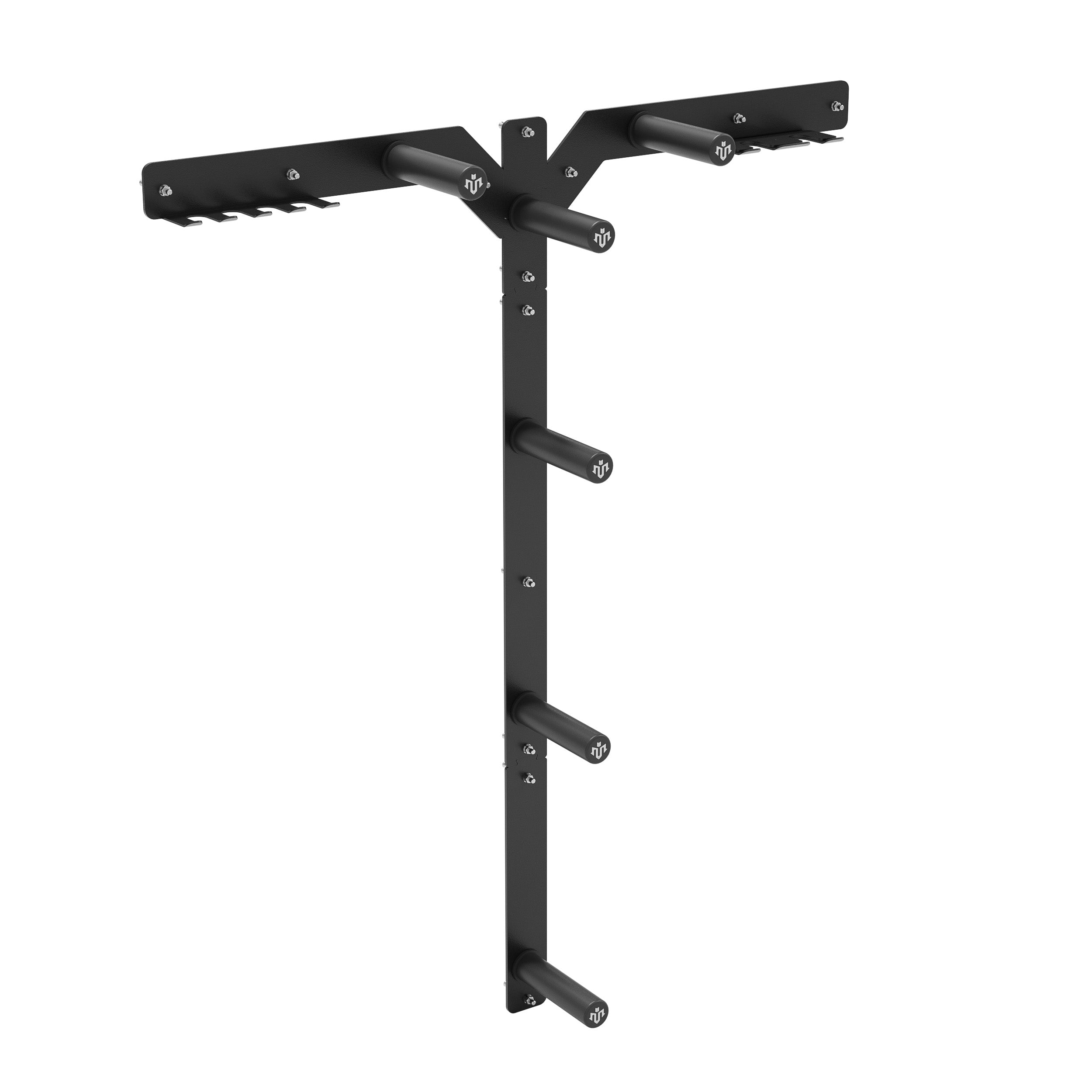




Leave a comment
This site is protected by hCaptcha and the hCaptcha Privacy Policy and Terms of Service apply.